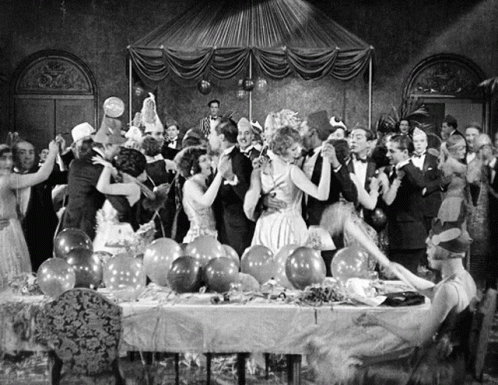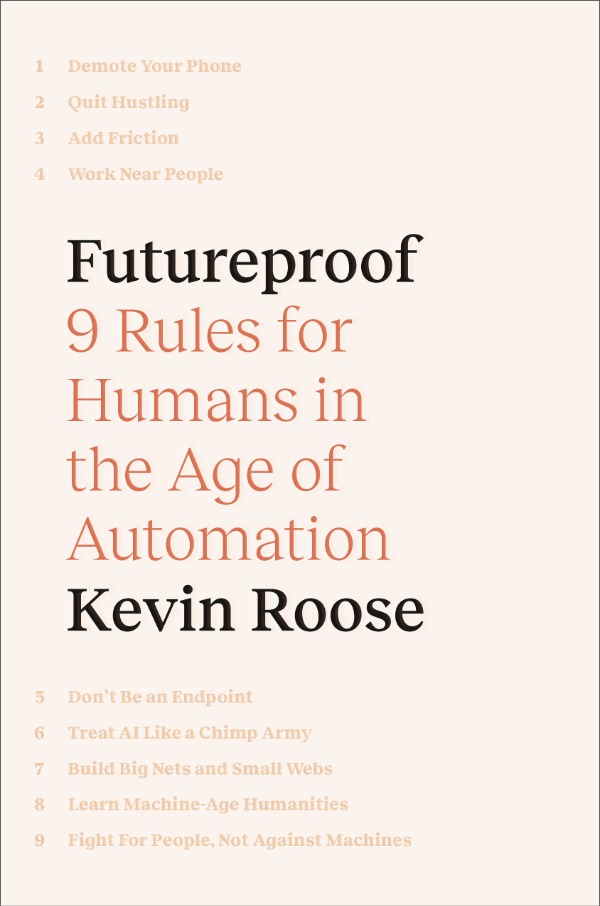The New Roaring Twenties
 You may have heard it said that since the decade after the 1918 flu epidemic was the Roaring Twenties in the U.S>, there is a theory that when the current pandemic ends we might have another Roaring Twenties for the 21st century. The roaring 1920s roared in economics, invention, and cultural craziness.
You may have heard it said that since the decade after the 1918 flu epidemic was the Roaring Twenties in the U.S>, there is a theory that when the current pandemic ends we might have another Roaring Twenties for the 21st century. The roaring 1920s roared in economics, invention, and cultural craziness.
Much of the roaring was based on “pent-up demand” and I'm hearing that again now even in this spring when the vaccines are being distributed and some people seem to think the pandemic is over. I hear people say that at least we can see "the light at the end of the tunnel." Of course, when you do see the light, you are still in the tunnel.
With the virus under control, local restrictions lifting and spirits improving, the idea is that consumers will be rushing out to spend their government stimulus checks and money saved while sheltering in.
As far as economics, we have all kinds of indicators, such as consumer confidence (how Americans are feeling about the economy) and recently it was at its highest point since the pandemic started.
The post-pandemic and post-WWI decade had a wide range of inventions: quick-frozen foods, the Band-Aid®, electric blenders, early television, vacuum cleaner, bulldozers, cheeseburgers, the radio altimeter and penicillin. The war had contributed to innovations and now that soldiers were home and money shifted from wartime needs to other things, inventions roared.
There is also a pent-up desire to get out and enjoy life again. I don't know that we'll have some of the cultural craziness we often associate with the 1920ss, but certainly, people are eager to go out to restaurants and go on vacations again. The hospitality and entertainment industries are eager for a comeback.
But will there be a comeback? I wonder if movie theaters will return to pre-pandemic levels ever again, even if there is a brief pent-up surge early in the recovery. We have become very comfortable with watching movies on streaming services including brand new films and libraries of old and new programs to binge comfortably from our home couch.
What about the 9 million jobs that still need to return? Not everyone has been saving monet the past year and eager to spend. Millions of people struggled and are still struggling.
Finally, I don't hear much discussion about a roaring twenties for education. There is pent-up desire to get back to "normal" schooling in K-12 and higher education. It seems like that will happen this fall. But will it last? Parents are eager to have their childdren return. Some students and some teacher are also ready to return, but not all. I suspect that some teachers and students have found online learning appealing. It would not surprise me if in the 2020s we see more online learning than pre-pandemic and more hybrid education with online and some face-to-face.
 Reading on the
Reading on the 
